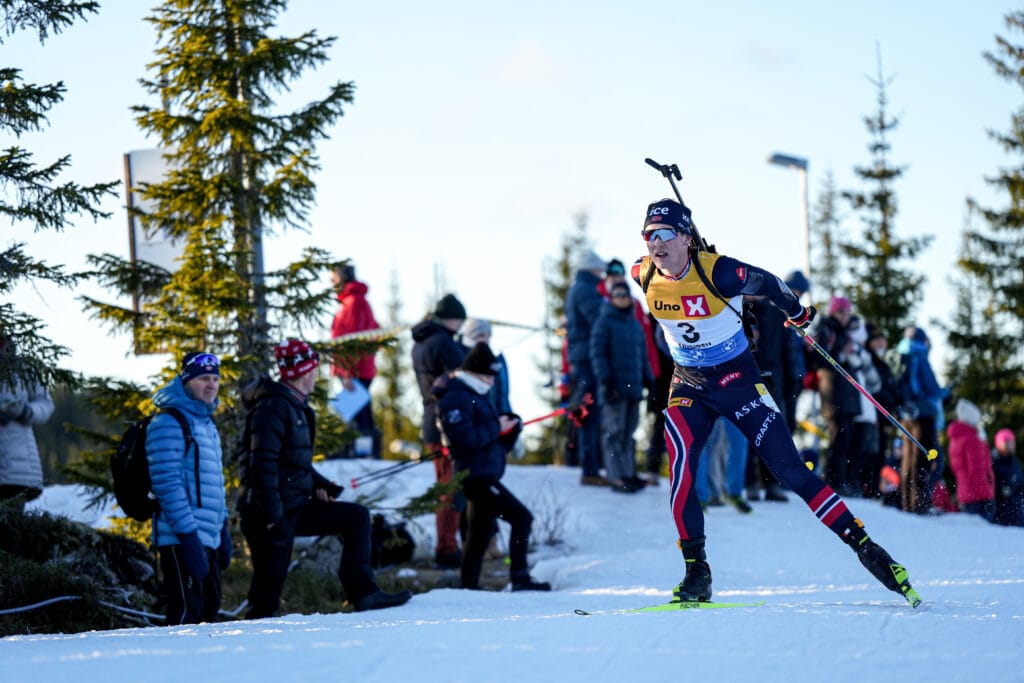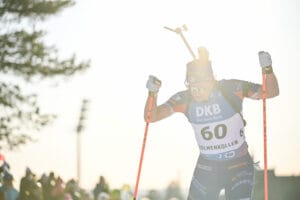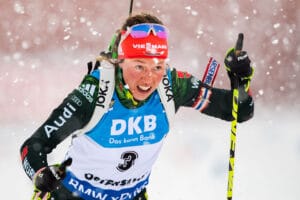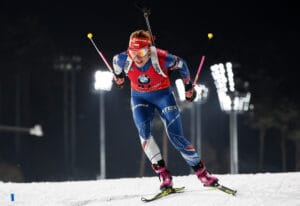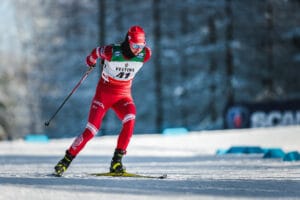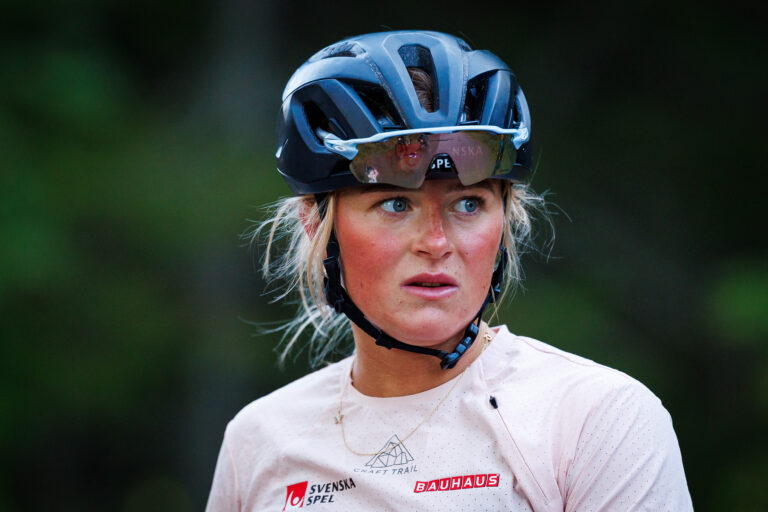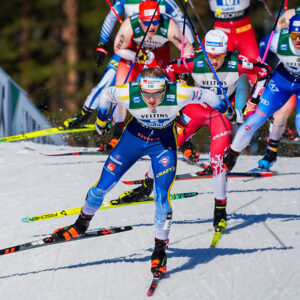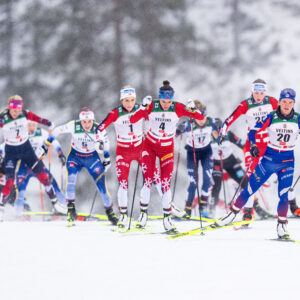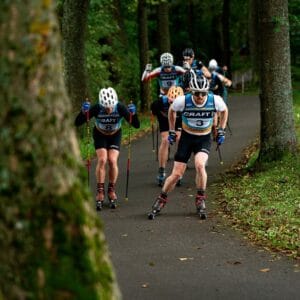“I only got worse on the national team”
He got sick, tired, and slower on the Norwegian national team. In April, he stepped away, and since then, everything has pointed upward.
After his breakthrough at the 2024 Junior World Championships, the young biathlete from Mo i Rana was a clear pick for Norway’s U23 national team last season. But when Kasper Kalkenberg was offered a renewed spot this year, he didn’t hesitate to say no.
Even though he won two golds, one silver, and two fourth places, and was named the best overall athlete at the Junior World Championships last winter, he experienced the season as a major disappointment. His body said stop, his form declined, and his motivation took a hit.
Now the 20-year-old is training independently alongside his older sister, Emilie Kalkenberg, who also left the Norwegian national team earlier this year.
Langrenn.com caught up with the biathlon talent just days into his first high-altitude training camp of the season in Font Romeu, France, where he’s staying for four weeks in July, with plans to return again in the fall. He’s there with his sister and girlfriend Kaja Wulf Berntsen, who is also training independently.
Also Read – Breaking away from the Norwegian National Team for his own setup: “An easy choice”
“It felt wrong”
Kasper is open about his disappointment in his first season on the national team, something he felt long before the snow arrived.
“For the first time in my career, I plateaued. And that’s a very bad sign at my age. I know tough periods will come, but this just felt wrong,” says the 20-year-old.
“I saw it clearly in my cross-country ski times: I was performing worse than everyone, both in the Norwegian Cup and against the top athletes. I couldn’t keep doing the same training and expect different results. So, I decided to take back control, cut out the sessions that weren’t working, and stick to the kind of training I know delivers for me.”
“Constantly in the red”
Looking back at last season, Kalkenberg has no doubt about what went wrong:
“It was just too much volume for me on the Association team,” he says.
That workload took a toll. Too much training through the spring and summer left him drained when the most important period began. Things snowballed into the fall, resulting in stagnation and frustration.
“I trained constantly at a deficit, which made me sick and ruined my consistency. Everything just locked up. I didn’t bounce back until I took a full month off in April,” he adds.
Going private
Kasper is now part of a privately organized training team with his sister Emilie, who left the Norwegian national team after eight seasons. They’ve brought on former national team coach Roger Grubben and have their father as coordinator, advisor, and emergency brake.
“Dad knows us best. He’s good to talk to day-to-day, and he immediately sees when we need to pull back,” says Kalkenberg.
Like night and day
Kalkenberg says the difference was immediate once he stepped away from the national program and returned to the training system that had worked throughout his junior years.
“I’ve already put in a lot of great training, workouts I respond well to and improve from. I feel very confident in the setup we’ve built with Roger and our support team.”
Now his performance data and his own sensations are finally aligned.
“I’m skiing much faster in all the hard sessions, without it costing me more effort,” he says.
And that has brought a huge mental boost:
“You become more aggressive when you feel things are moving in the right direction. You get really hungry to push and improve.”
What’s different about your training now, compared to when you were on the national team?
“Mainly, the hard sessions are structured a bit differently than last year. I still need a certain amount of training volume. But I have fewer extreme days and more quality in the hard efforts,” says Kalkenberg.
“I now do two to three hard sessions a week. On the national team, we had four to five per week, with some additional volume between. So now it’s fewer intervals, but they’re tougher. And I still try to fit in two sessions most days.”
Investing everything in the project
Kalkenberg won’t say exactly how much this private setup costs, but it’s not cheap. Just the training camps alone add up to six-figure sums in NOK, even with careful planning.
“We don’t live luxuriously, but we still have to spend quite a bit. A high-altitude camp like this can easily cost over 30,000 NOK per person (~ EUR 2,580 / USD 2,790) even when splitting between three people,” he says.
Still, he doesn’t mind the cost.
“The money flies, but it’s going to be worth it. It’s expensive, but I believe so strongly in what we’re doing that I’m sure I’ll earn it back later. And I’m lucky to have good support from sponsors and some savings, so I can go all-in right now.”
Setting the bar sky-high
For Emilie, the big target is the 2026 Olympics in Milano/Cortina. For Kasper, who still has two years left as a junior, the focus is on the Junior World Championships and gaining more international senior-level experience.
Will stepping away from the national team make it harder to get selected for international competitions?
“It shouldn’t. The Association has clear criteria for selection. I at least have an automatic spot for Junior Worlds. But I want to race even more internationally than I’ve done so far. If things go well, that’ll open a lot of doors,” says the 20-year-old.
“I’m hoping to do several IBU Cup races and get back into the World Cup too.”
Are you interested in biathlon? Click HERE and read more about it.
